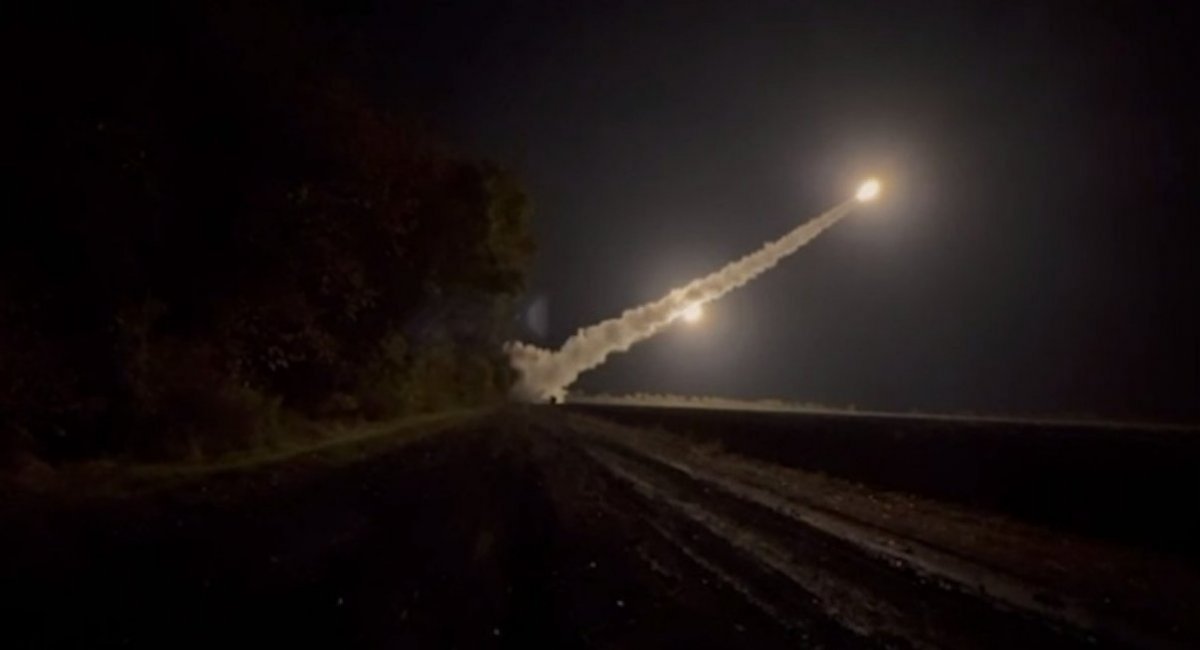Military expert Oleksandr Kovalenko, in an analysis for OBOZ.UA and Information Resistance, reported that drones had previously been Ukraine's primary method of striking russian targets. Drones were used to attack refineries, oil storage, ammunition depots, factories, and radar systems. However, their relatively small warheads (40-70 kg) limited their impact on larger targets.
This changed with Ukraine's recent authorization to deploy more powerful weapons, such as ATACMS and Storm Shadow missiles.
Read more: Ukrainian Military Names Targets for ATACMS Strikes on russian Territory

On November 19, Ukraine launched an ATACMS ballistic missile at a russian logistics center in the Bryansk region. Two days later, on November 21, Ukrainian forces used British Storm Shadow missiles to hit a command post near Maryino in the Kursk region, reportedly killing up to 500 North Korean soldiers and completely destroying the russian command center.
On November 25, Ukraine targeted the Khalino airfield in the Kursk region, destroying an S-400 air defense system and impacting russian tactical aviation operations. The strike also hit a key airfield used for UAVs, helicopters, and tactical aircraft, where russia had recently reinforced shelters for aviation.

Kovalenko described these strikes as the beginning of a new phase in Ukraine's operations, moving beyond drones to more potent, long-range missile strikes that can be launched independently or in tandem.
While the current strike zone is limited to a 300-kilometer radius from the Ukrainian border, it encompasses over 200 stationary military sites, including arsenals, command centers, fuel depots, and 16 airfields actively used by russia.
Ukraine's expanded arsenal now includes ATACMS and Storm Shadow missiles, which can target military infrastructure, while drones continue to strike non-military targets like refineries and oil storage. For instance, on November 25, drones targeted a petroleum tank complex in Kaluga, near the Typhoon instrumentation plant, a crucial supplier of coastal missile systems for the russian Navy.

“The authorization to launch long-range strikes allows Ukraine to leverage both domestic and partner resources strategically, significantly disrupting russia’s military logistics and command infrastructure,” Kovalenko concluded.
Read more: New Footage Reveals Devastating ATACMS Strikes on russian S-400 System














